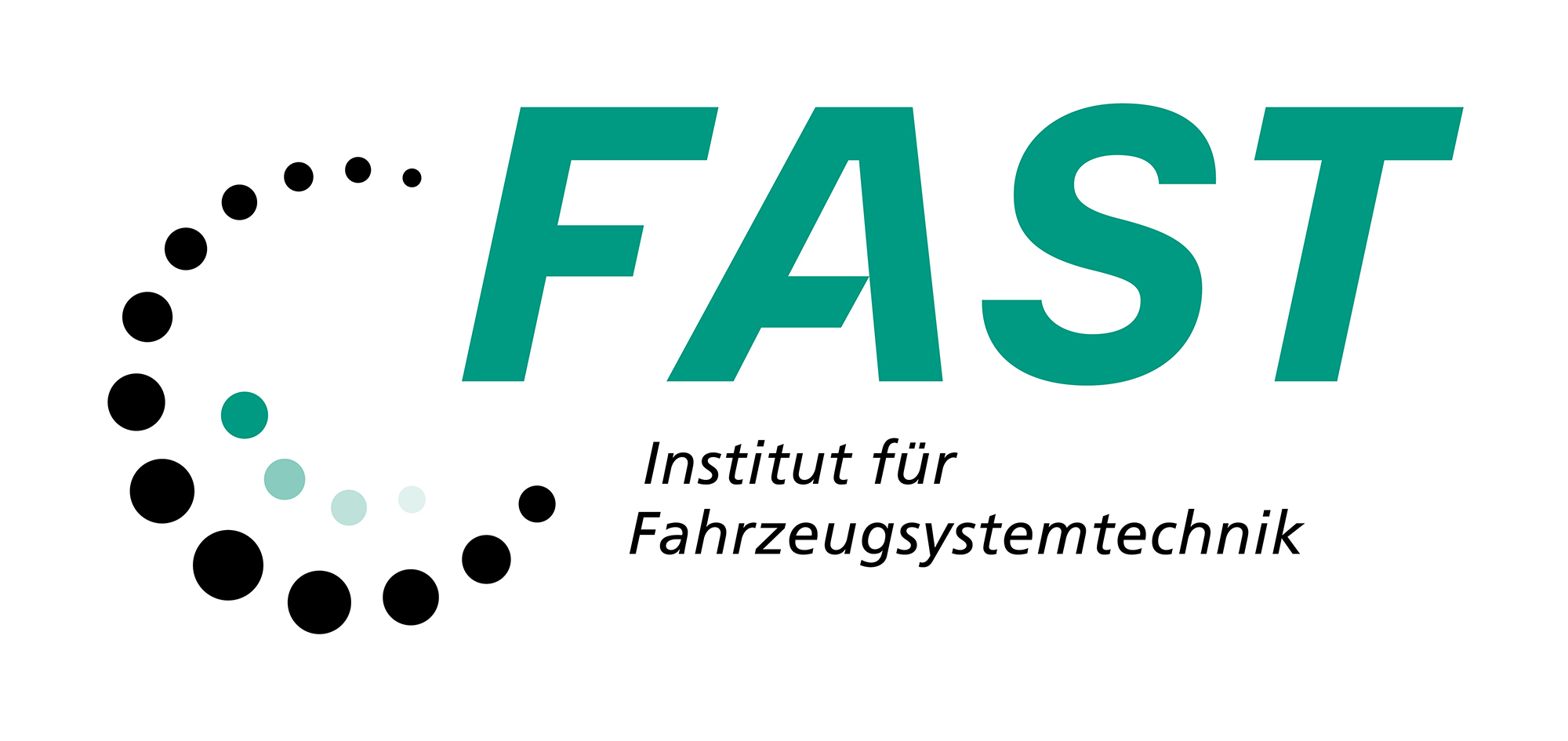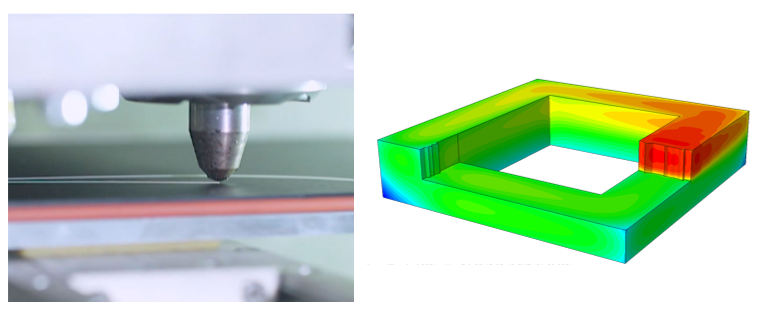MWK F³FastSim
- Contact:
- Funding:
Ministerium für Wissenschaft, Forschung und Kunst Baden-Württemberg
- Partner:
KIT, Institute of Vehicle Systems Technology - Lightweight Design Division (FAST-LBT); SIMUTENCE GmbH
- Startdate:
01.12.2021
- Enddate:
30.11.2022
Efficient process design for processing polylactides (PLA) in fused filament fabrication (FFF)
Additive manufacturing (AM) technologies offer the potential for significant cost savings through reduced material waste and tool-less production of complex geometries. The most widely used technology is material extrusion or Fused Filament Fabrication (FFF), also known by the trademarked brand name FDM™ (Fused Deposition Modeling). Applications can be found in many areas, from the manufacture of small implants to large compo-nents in vehicles. The processing of polylactides (PLA) in particular is frequently used in the field of medical technology due to its biocompatibility.
However, calibrating the process when printing PLA in FFF presents challenges. Shape instabilities due to residual stresses and warpage often occur during the printing process. In addition, the process control significantly influences the locally different crystallinity and interfacial strength, and thus the strength of the entire component structure. The selection of suitable process parameters and process strategies is usually carried out on a trial-and-error basis and therefore takes up a lot of time and costs. With the help of a process simulation, this effort could be significantly reduced. For example, the plug-in for modeling additive manufacturing processes available in the commercial simulation software ABAQUS offers a good basis for mapping the FFF process, but is not yet sufficient for application in an industrial context. On the one hand, the complex material behavior of PLA is not mapped with sufficient accuracy, since, for example, the crystallization kinetics or the process-induced, local and direction-dependent material properties are not captured. Direct use of the G-code is also not possible in most cases. In addition, the test scopes for the generation of material maps and the calibration of the simulation model are very costly. For this reason, literature data are often used as an approximation or no process simulations are performed at all. In addition, a specific validation of the simulation methods is difficult to implement due to the complex characterization and the process-induced scatter. Within the scope of this project, a simulation approach in ABAQUS is developed for the efficient representation of distortion-relevant process effects, with justifiable effort for the material characterization. Approaches and methods for the fastest possible simulation of the FFF process as well as a systematic procedure for its validation are to be investigated and researched in order to enable a more efficient design of the process control as well as a simplified component development of additively manufactured structures.


